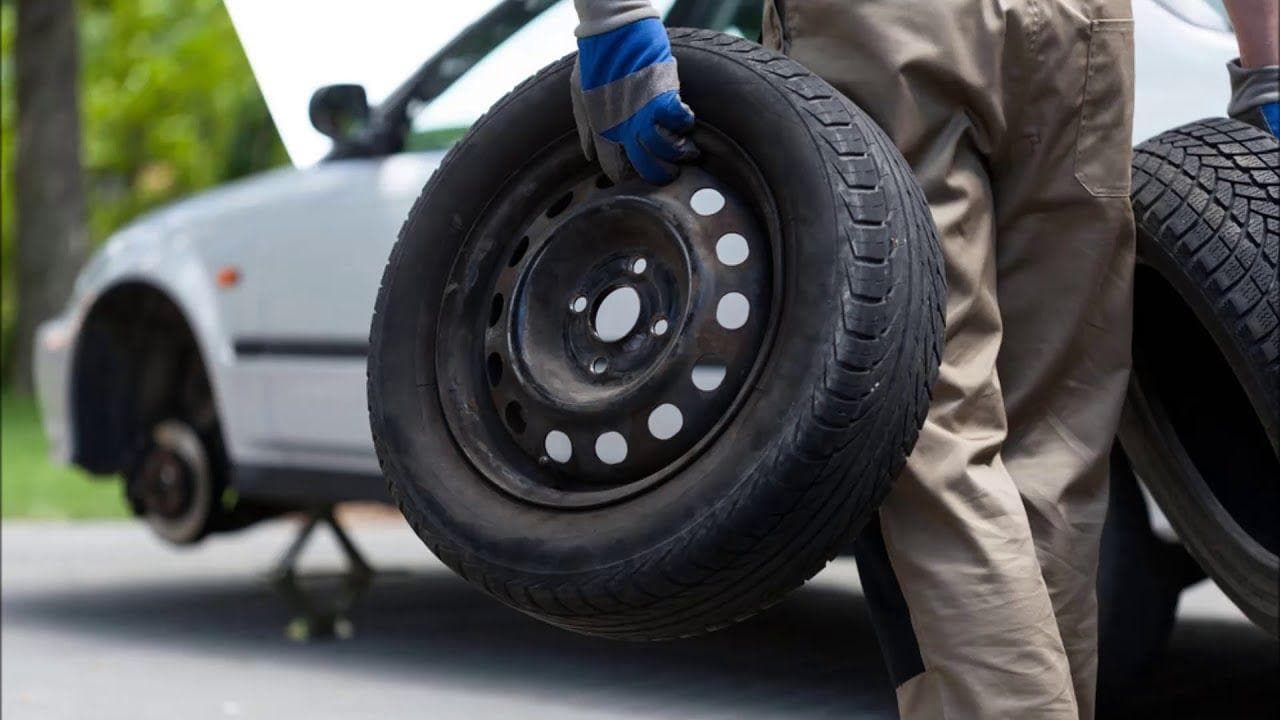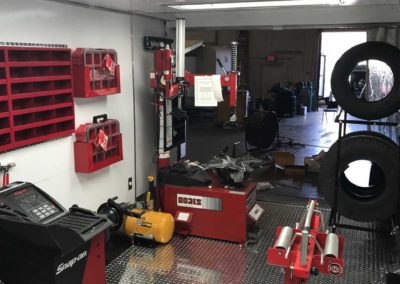Tire Service: Proven Techniques for Optimal Tire Upkeep and Treatment
From guaranteeing appropriate tire pressure to normal turning and placement, there are tested techniques that can dramatically extend the life expectancy of your tires and enhance overall driving experience. Let's dive into the globe of tire service and find the keys to keeping your tires in excellent form for the long haul - Mobile Tire Repair Las Vegas.
Significance of Tire Stress
Adequate tire pressure advertises better fuel effectiveness, as under-inflated tires can lead to increased rolling resistance, creating the engine to function harder and eat more gas. Right tire stress guarantees also step wear, boosting tire long life and saving money in the long run by delaying the requirement for early substitutes. Consistently checking and readjusting tire stress, especially in the past long journeys, is a simple yet efficient way to boost lorry performance, extend tire lifespan, and focus on safety and security on the road.
Tire Rotation Guidelines
When taking into consideration tire rotation guidelines, it is crucial to understand the importance of this upkeep task in making best use of tire lifespan and maintaining optimal vehicle efficiency. Tire turning involves altering the position of each tire on a car to make certain even walk wear. Front tires have a tendency to wear much more promptly than back tires because of steering forces, making regular turning important for balanced wear patterns. The suggested turning pattern varies relying on whether a lorry is front-wheel, rear-wheel, all-wheel, or 4x4. Commonly, tires should be rotated every 5,000 to 7,500 miles, or as recommended in the vehicle handbook. Disregarding tire turning can result in irregular wear, impacting handling, grip, and possibly compromising vehicle safety. By sticking to appropriate turning standards, motorists can prolong the life of their tires, enhance gas effectiveness, and enhance general driving experience. Regular rotation is a basic yet efficient upkeep practice that contributes significantly to tire long life and car performance.

Benefits of Wheel Placement
Ensuring correct wheel positioning after tire rotation is crucial for keeping well balanced wear patterns and maximizing vehicle performance. Wheel alignment describes the adjustment of the angles of the wheels to the supplier's specs. Among the key advantages of wheel positioning is improved steering and dealing with response. When the wheels are appropriately aligned, it reduces steering initiative, making sure a smoother and a lot more controlled driving experience. Additionally, appropriate wheel placement assists to extend the life-span of your tires. Misaligned wheels can cause irregular tire wear, causing early tire substitute and raised maintenance costs.

Tire Tread Depth Inspect
Performing a routine inspection of tire tread deepness is important for preserving risk-free driving problems and extending the lifespan of your tires. The step on your tires plays an essential duty in supplying grip, specifically in wet or slippery problems. To examine your tire tread deepness, you can utilize a walk depth gauge or the dime test. The advised step deepness goes to least 2/32 of an inch. If the step depth is listed below this limit, it is time to change your tires to ensure optimum performance and security on the road. Unequal walk wear can indicate concerns with tire pressure, alignment, or suspension, highlighting the significance of normal tread depth checks. Neglecting to monitor and preserve appropriate tread depth can cause decreased grip, longer stopping distances, and a raised threat of hydroplaning. By including tire tread depth explore your routine maintenance timetable, you can drive with confidence knowing that your tires remain in leading condition.
Seasonal Tire Examination
A comprehensive evaluation of tire condition customized to certain climate condition is crucial for maintaining optimum performance and security throughout the year. Seasonal tire examination is a fundamental element of tire maintenance that makes certain tires are prepared to encounter the difficulties presented by various weather condition read what he said conditions. In preparation for winter, it is vital to check the tire pressure routinely as cool temperatures can trigger tire pressure to drop. Checking tire tread deepness is likewise important to ensure sufficient grip on snow and ice-covered roadways. Additionally, examining for signs of wear and tear, such as bulges or cracks, can aid avoid possible tire failings. As the periods adjustment, it is essential to examine tire condition and make any needed adjustments to ensure secure driving. By performing regular seasonal tire assessments, vehicle drivers can prolong tire life expectancy, improve gas efficiency, and most significantly, make sure a safe and secure driving experience in varying weather - Mobile Tire Change Las Vegas.
Verdict
To conclude, keeping correct tire stress, turning tires frequently, straightening wheels correctly, keeping an eye on walk depth, and conducting you can try here seasonal assessments are essential techniques for ideal tire care. By following these proven approaches, motorists can ensure their tires last longer, execute better, and contribute to overall automobile security. It is essential to focus link on tire maintenance to stop mishaps, boost gas efficiency, and extend the life expectancy of tires.
Ample tire pressure advertises much better fuel performance, as under-inflated tires can lead to increased rolling resistance, causing the engine to function more challenging and eat more gas.When taking into consideration tire rotation standards, it is vital to recognize the importance of this maintenance job in taking full advantage of tire life-span and keeping optimal vehicle performance. Seasonal tire evaluation is an essential element of tire upkeep that makes certain tires are prepared to deal with the difficulties positioned by different weather problems. By conducting regular seasonal tire inspections, motorists can prolong tire life expectancy, boost gas performance, and most significantly, guarantee a safe and secure driving experience in varying weather condition problems.
In final thought, keeping correct tire pressure, turning tires on a regular basis, aligning wheels correctly, keeping track of step depth, and conducting seasonal inspections are essential methods for optimal tire treatment.